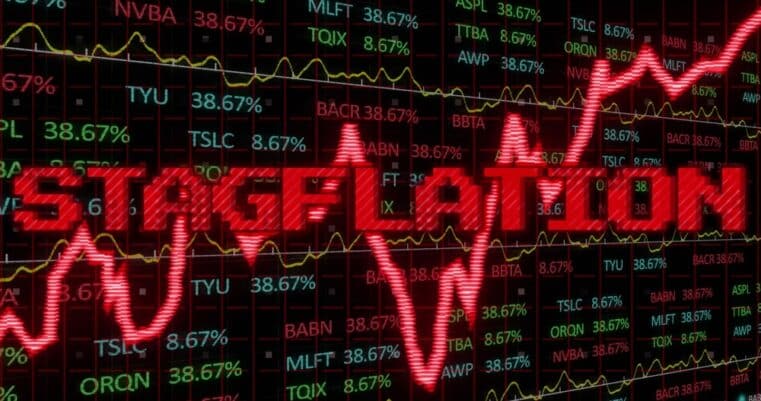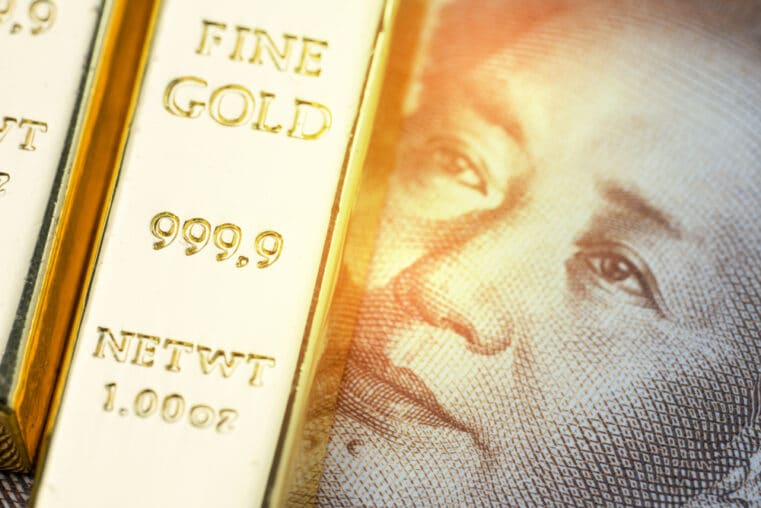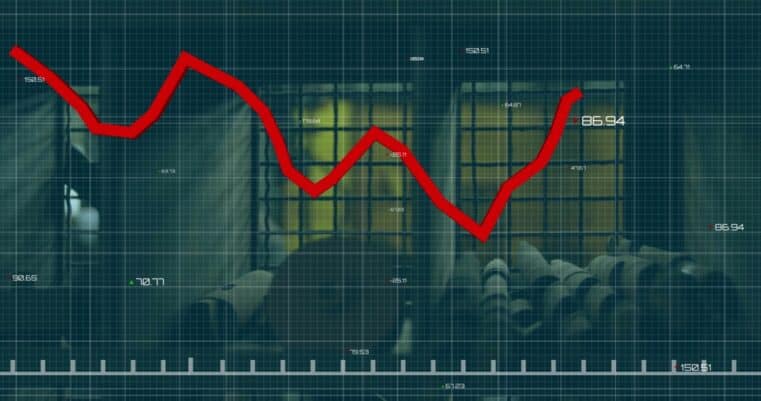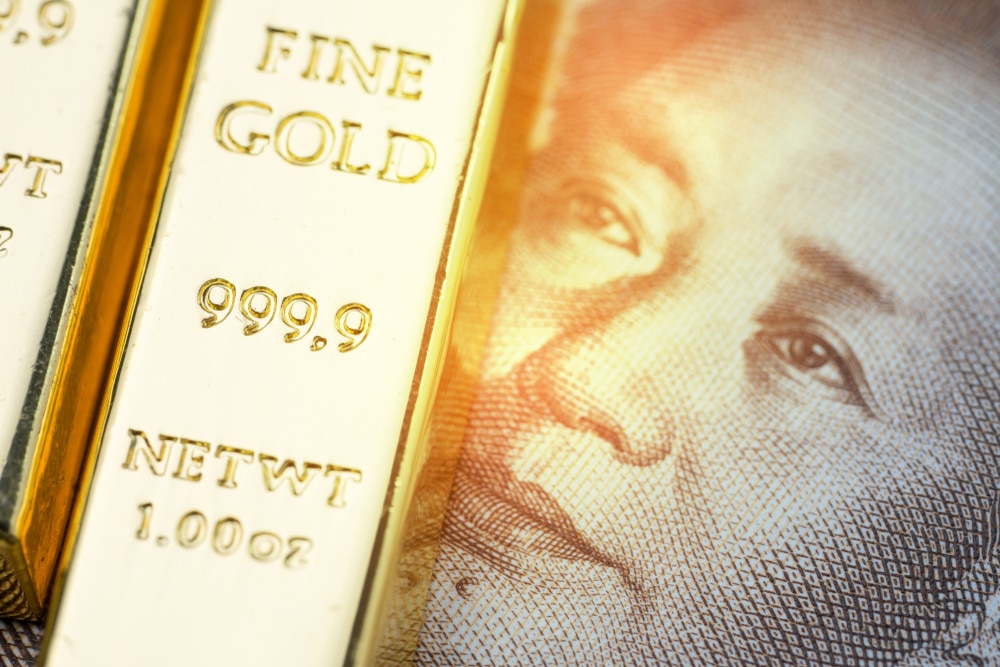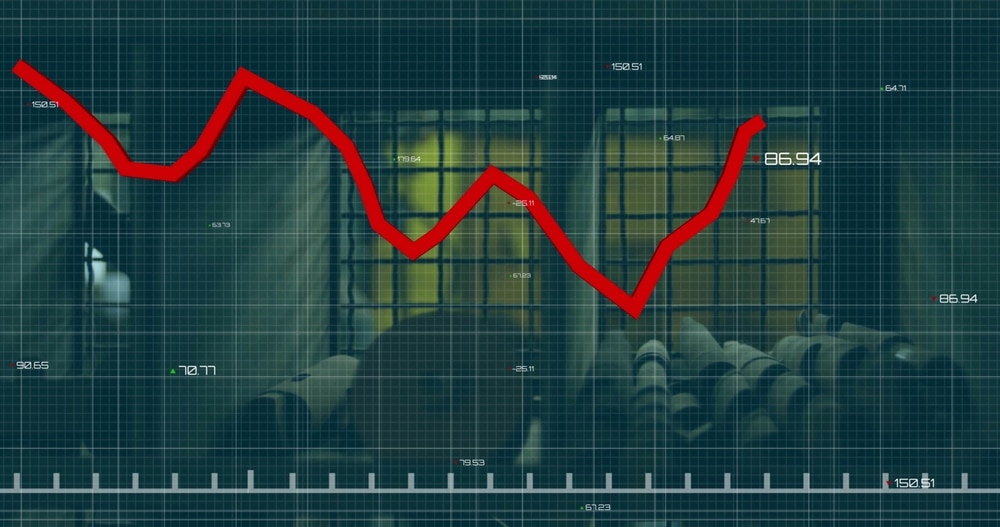
Most Dealers Sold Out of Physical Gold Inventories - Not GSI Exchange
As I type these words, COMEX gold futures are trading at $1,600 per ounce, slightly down but inching back toward its $1,699 high. That’s what futures traders see. But there’s something missing from this picture: does it match the physical inventories in bars and coins?
If you take your eyes off the “paper” vendors and focus on the bullion and coin dealers, you’ll find that there are hardly any bullions or coins in stock. Most of it has been depleted due to massive panic buying.
True to the rules of supply and demand, for whatever inventories are left, continuous demand has pressured bullion prices upwards. The real price of gold is closer to the $1,900 range. That’s how much it would cost you to buy a one-ounce American Eagle gold coin from most vendors.
The catalyst: the $2 Trillion emergency coronavirus spending bill.
Online retailer, APMEX, shows that a run on one-once gold coins has left almost none in stock. In addition, silver coin premiums have jumped up as high as 100%.
Kitco was out of nearly all standard one-ounce gold coins issued by mints across the glove--American Eagles, Buffaloes, Maple Leafs, Britannias, Kangaroos, and Krugerrands.
In addition to the supply shortage, the increase in order volumes has caused the delays in shipping, up to two weeks longer, according to a JM Bullion representative.
What about buying gold Eagles directly from the US Mint? Their customer service line says that they have some available and can ship them directly but at a cost of $2,175 per one-ounce coin.
Here’s something that physical gold investors know that most investors don’t: mainstream media almost always focuses on the “paper” price--whether spot or futures--and not the real price based on true supply.
Another thing gold investors know: “paper gold” is not the same thing as physical gold; an IOU as the asset “promised,” not the asset itself.
For an asset that has long been an afterthought to the investing public, it’s both strange yet unpredictable to see its re-emergence in a time of epic crisis.
Remember, the late economist, John Maynard Keynes, referred to gold as a mere “relic.” What else might you expect from an economist who saw the future of monetary policy through the eyes of manipulation (whatever good that has done, aside from eroding the purchasing power of paper currency).
Is It Too Late to Own Gold?
Well, it’s certainly later than when we first warned you to buy gold...that is, two years ago, pressing our message even harder over the last year.
In case you hadn’t noticed, it’s for times like these--unpredictable or not--that you’ll want to have a hedge in place.
So, what should you make of the current situation?
Many financial advisors discourage investors from holding gold on account of the yellow metal bearing no interest or earnings.
True. Yet it’s interesting to see how every crisis bears the mark of a clamoring for safety in gold. There isn’t one bear market or correction that doesn’t see gold’s rise unless gold had already risen to heights leading up to the downturn.
A financial planner (who will remain nameless) from Vista Capital Partners said: “We don’t view gold as a building block when constructing portfolios.”
He’s only half right. Gold isn’t a building block. It’s the actual foundation of the value of money.
And that’s what most so-called “professionals” in the industry don’t get--sound money is what you’re left with when paper money erodes away.
If you look at our upcoming article on gold, bonds, cash, and stocks--our Conservative Guide to Weathering the Coming Economic Crisis--you’ll see that gold and bonds rise when stocks go down; gold rises when inflation erodes the value of cash, bonds, and stocks; and cash tends to remain steady or rise in nominal value, despite its true values constantly sinking.
Does Gold Require Faith?
As short-term speculation, sure it requires faith, as with any asset.
As sound money, we’d say it's the other way around: that fiat cash requires faith. Sound money just remains what it is--that is, an asset that’s also the basis for intrinsic value.
As a hedge, the question would seem almost irrelevant or misapplied. Does your seatbelt require faith? Does your smoke detector require faith? I guess it might, but most of all, it just requires common sense, don’t you think?
For those who hedged prior to the COVID-19 pandemic, might that hedge have paid off? That’s a rhetorical question, of course.
The one thing about gold is that it plays a particular role in your asset allocation--it may go up when other assets go down, and its rise is likely to compensate for the fall in purchasing power.
You don’t have to convert 100% of your holdings to gold, but rather apportion a reasonable amount.
To say that investors will want to hold gold in times of crisis and inflation is to repeat a line of wisdom that’s been around since time immemorial. There’s nothing new to this.
What’s relatively new is that the mainstream investing public seems to have a “collective forgetting” when the stock market and economy are roaring, only to have a “collective remembering” when both have fallen. Only, most remember too late, as in the current situation.
I’ll assume that, as gold investors, we know better, and that we began buying years ago, long before the current crisis took place,
Now, it’s time to buy more, as the economic impact of this pandemic has barely begun to take shape.
The forecast of 32% unemployment has been floating around in the media, from the Federal Reserve itself.
Do you know what 32% unemployment means? That far exceeds the Great Depression. How else might you hedge that?



